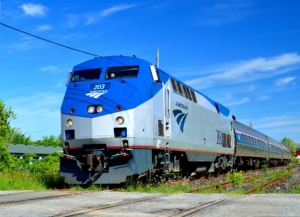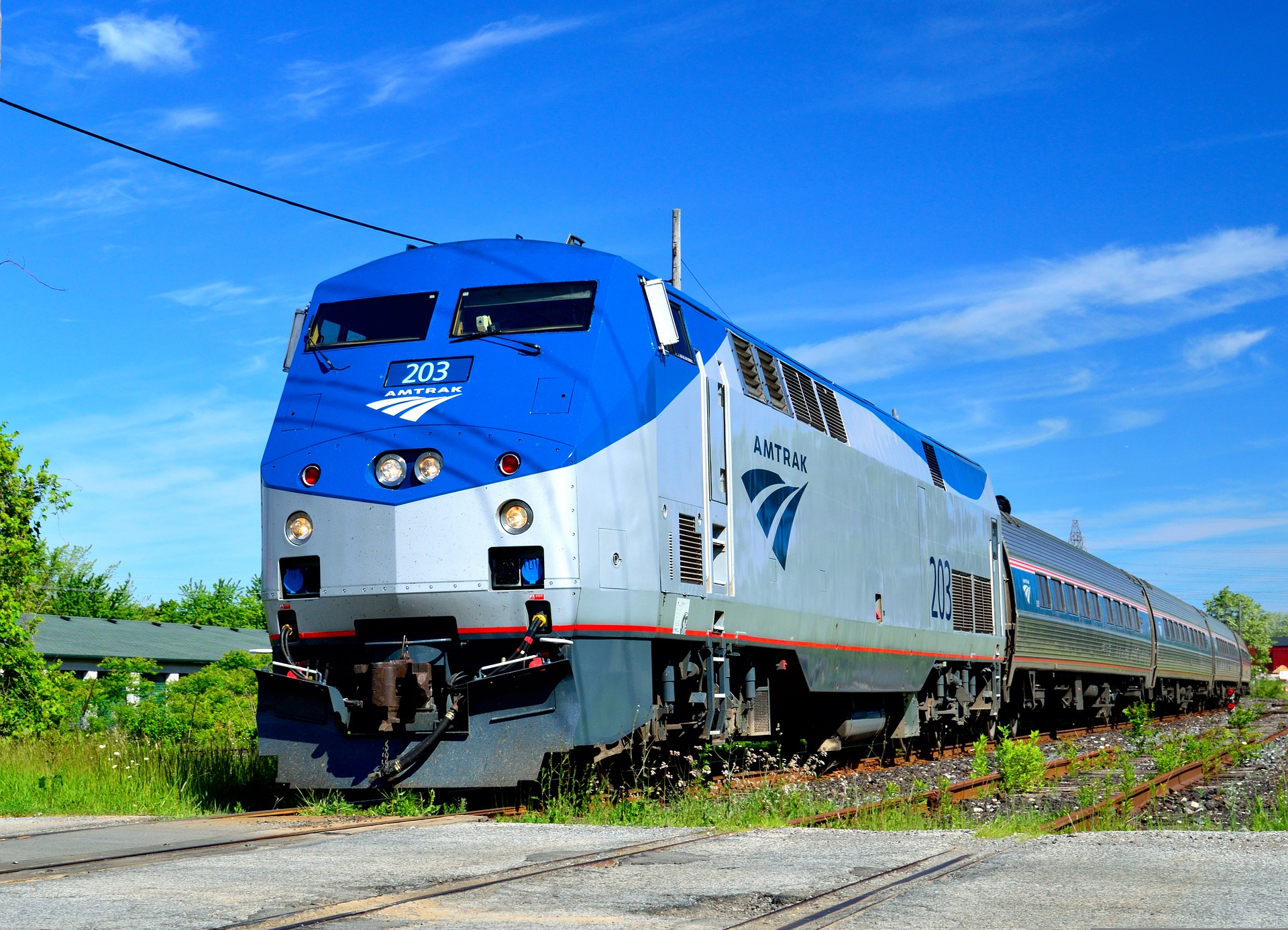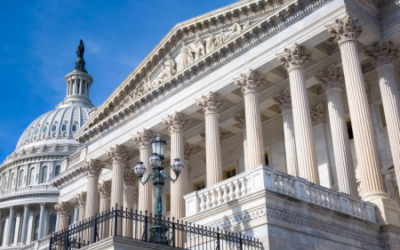When Congress passed the Bipartisan Infrastructure Act, it allocated $102 billion for rail-related projects in America. Another $50 million was authorized for annual disbursement to incentivize smaller transit-oriented projects. That’s a lot of available funding making it obvious that Congress intends to make public transportation attractive, safe, and convenient.
Mandates and rules for allocating the new funding make it clear that connecting intercity passenger rail access is a top priority. For almost all of 2022, there has been a steady stream of proposals, plans, and studies related to projects that will result in new or restored regional passenger rail systems. A massive number of new rail projects will launch in 2023.
In late September, transportation departments from Utah, Idaho, and Nevada contacted the Federal Railroad Administration (FRA) to express interest in creating an interstate passenger rail system to connect major metropolitan centers. This effort will focus on the cities of Boise, Salt Lake City, and Las Vegas. A proposed development plan, with cost estimates and project specifics, is expected to become public soon.
In the cities of Milwaukee and Chicago, a $53 million intercity passenger rail project is moving rapidly toward launch. The Wisconsin Department of Transportation is working with its counterpoint in Minnesota to finalize the project’s design. The objective is to add an additional daily round-trip passenger rail service between Chicago, Illinois, and Minnesota.
A $25 million project in North Carolina is also in the planning phase. It will be launched in Lexington and will include development of the city’s passenger rail station which is likely to become the focal point of the regional rail service network. The new station will eventually connect the state’s largest municipalities. Preliminary plans involve construction of new boarding platforms, renovation of a historic freight depot, and major improvements to all subsurface infrastructure.

Photo courtesy of Pixabay.
The Sawtooth Bridges Replacement Project in New Jersey is tagged with a cost projection of $90 million. It will serve a critical need to connect the city of Kearny to New York. The project will involve replacing two two-track railroad bridges which were built over 100 years ago. Three new bridges will be constructed to replace the two outdated ones. The new bridges will be designed to support a four-track segment along the route between Newark and New York which will increase passenger train speeds and minimize service disruptions when maintenance is needed. The project is one of the more complex items in the second phase of the $30 billion Gateway Program.
State funding is also supporting development of passenger rail options throughout the country. Earlier this summer, California awarded approximately $800 million to support 23 upcoming rail projects focused on light rail development across the state.
A $17 million engineering contract for planning and design work on a new electric rail system in Santa Cruz County, California could be awarded by next month. The study will focus on building out electric rail service along a stretch of the county’s existing 32-mile track system. The engineering study will make recommendations such as the number of stops, frequency of service, and best options for converting existing lines to an electric rail system. Transportation officials suggest it will cost about $60 million just to retrofit the county’s existing track system before work can begin on the final objective of constructing the new electric rail transit system. The study will also detail how the county should convert an existing single-track freight line to support the new electric rail transit system.
Progress is also underway on several other passenger rail projects. The California High-Speed Rail Authority is currently in a pre-design stage for a high-speed rail line that will provide services to the cities of Bakersfield and Palmdale. That project, one of the largest in the state, is expected to cost $18.9 billion. The Los Angeles County Metro Transportation Authority is also in the pre-design stage of an $8.5 billion project that will deliver a new light rail line along the West Santa Ana Branch Transit Corridor.
While massive amounts of funding are available for transit projects, almost all public officials are eager to capture as much of it as possible. However, that is not true in all states. For the past decade, a private sector company, Texas Central High-Speed Railway, has attempted to launch a bullet train that would allow passengers to move between the cities of Dallas and Houston in 90 minutes. The Texas Central project has struggled to gain any momentum and the high-speed rail project appears close to a shut-down stage. Although all costs were to be financed from private sector investors and the project had significant support, it lacked compelling support from statewide elected officials. It now appears that Texas will forfeit the possibility of a high-speed rail project in Texas.
Public transportation funding will remain robust for the next several years and it will create thousands of opportunities for private sector firms to get involved in collaborative initiatives with public entities. More information about upcoming projects at the local and regional level is readily available, and the key is to follow that funding.







